The CCNP Enterprise Core (350‑401 ENCOR) exam tests your ability to implement and operate core enterprise network technologies. In March 2025, Cisco released version 1.1 of this exam, introducing several topic updates to better align with real‑world enterprise requirements. Below, you’ll find:
A corrected exam overview (no unverified format changes).
A detailed module‑by‑module breakdown of all v1.1 topic changes.
An optimized keyword strategy based on your Google Search Console data and top‑ranking competitor pages.
Table of Contents
1. Exam Overview
Exam Code & Title: 350‑401 ENCOR: Implementing and Operating Cisco Enterprise Network Core Technologies
Version: v1.1
Duration: 120 minutes
Questions: ~100 (multiple‑choice, drag‑and‑drop, lab simulations)
Passing Score: 825/1000 (~82.5%)
Price: USD 400
Blueprint Modules & Weightings:
Architecture (15%)
Virtualization (10%)
Infrastructure (30%)
Network Assurance (10%)
Security (20%)
Automation & Programmability (15%)
2. v1.1 Topic Changes (vs. v1.0)
2.1 Architecture (15%)
Removed: “Differentiate on‑premises vs. cloud deployments.”
Added:
High‑level enterprise design (2‑tier, 3‑tier, fabric, cloud)
Client density considerations (wireless)
Updated: “Hardware vs. software switching” expanded to cover CEF, CAM, TCAM, FIB, RIB, adjacency tables.
2.2 Virtualization (10%)
No changes in v1.1.
2.3 Infrastructure (30%)
Updated:
OSPF → now “OSPFv2/v3” multi‑area, summarization, filtering
NTP → includes Precision Time Protocol (PTP) alongside NTP
Added:
Policy‑based routing overview
Wireless segmentation (groups, profiles, tags)
Spanning Tree enhancements (root‑guard, BPDU‑guard)
EIGRP vs. OSPF area‑types comparison and multicast RPF checks
2.4 Network Assurance (10%)
Removed: Stand‑alone “syslog remote logging” (now covered under monitoring workflows)
2.5 Security (20%)
Updated:
EAP → 802.1X authentication
Added EAPOL (4‑way handshake) details
2.6 Automation & Programmability (15%)
No changes in v1.1.
3. Detailed Topic Breakdown
Emphasize these v1.1 subtopics in your study plan and blog headings for stronger SEO:
Architecture: Dual‑stack IPv4/IPv6 design, SD‑Access vs. traditional, high‑level fabric/cloud patterns, client‑density considerations.
Virtualization: VRF, VPN, NAT fundamentals for multi‑tenant environments.
Infrastructure: Routing (OSPFv2/v3, EIGRP, BGP), switching (STP enhancements), PTP/NTP, wireless segmentation, policy‑based routing, multicast checks.
Network Assurance: Cisco DNA Center workflows, NetFlow, IPSLA, SPAN/ERSPAN, device monitoring.
Security: AAA/802.1X, ACLs, IPSec, MACsec, EAPOL, threat defense.
Automation: Python scripting, REST‑CONF/NETCONF, Cisco APIs.
4. Exam Preparation Tips
Hands‑On Labs: Focus on newly added scenarios—e.g., wireless segmentation tags, PTP configuration—using Cisco DevNet sandboxes or EVE‑NG.
Official Resources: Follow the Cisco Learning Network v1.1 blueprint and engage in the Enterprise certification community.
Practice Exams: Choose simulators that include policy‑based routing and EAPOL tasks.
Automation Exercises: Write simple Python scripts against REST‑CONF endpoints.
Summary Sheets: Create quick‑reference cards for all v1.1 changes and quiz yourself on “what’s new.”
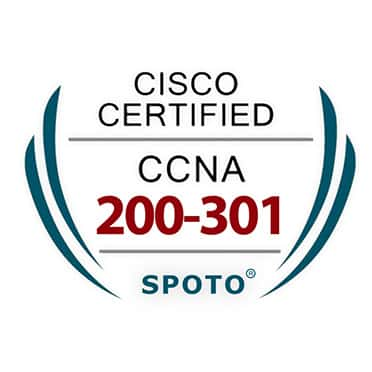
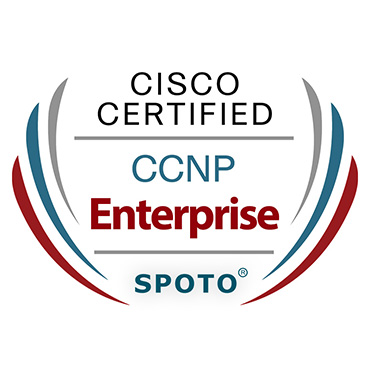
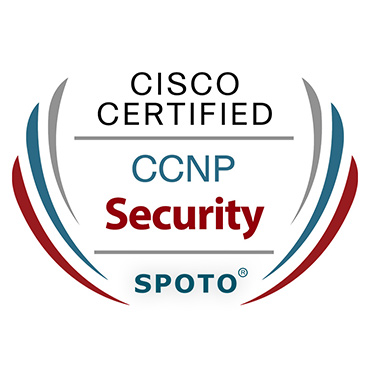
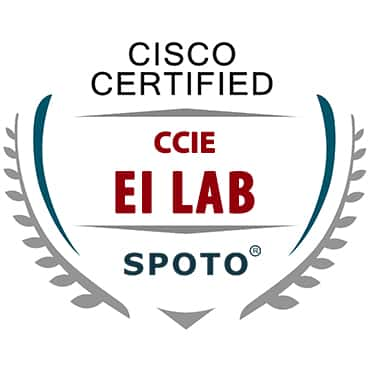
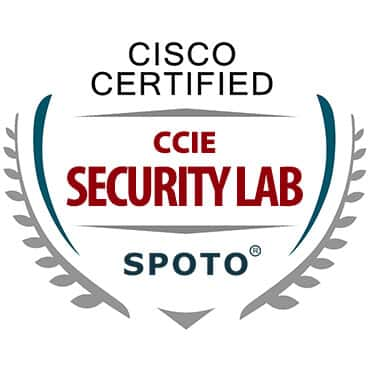
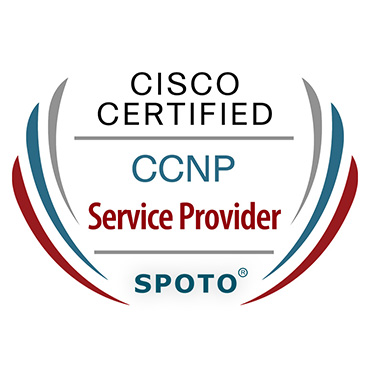
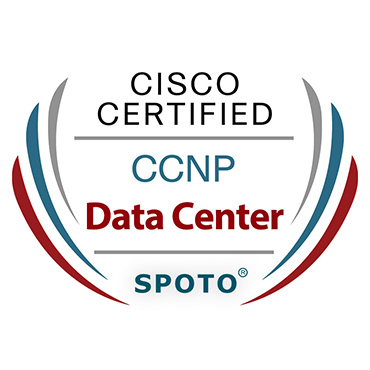
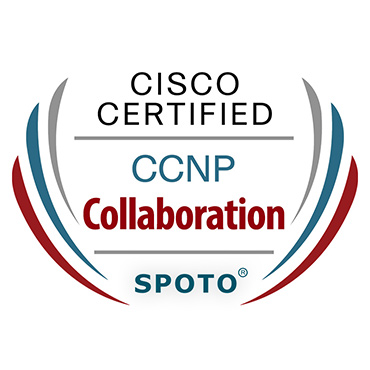
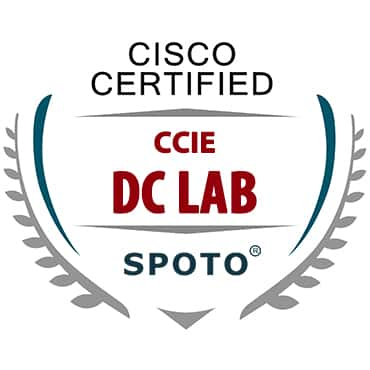



Comments